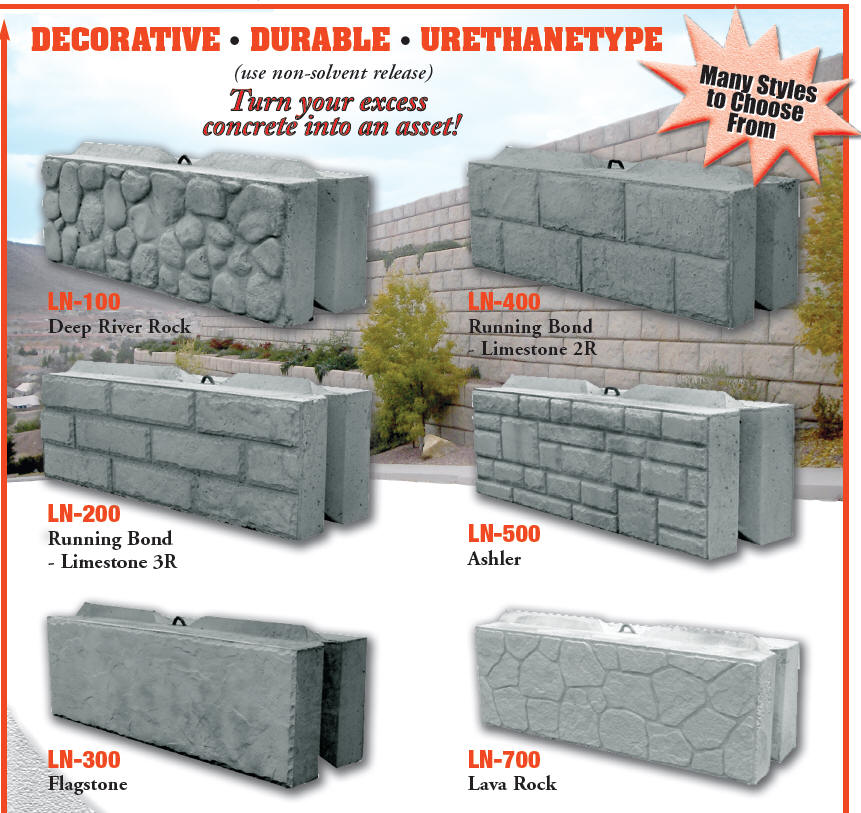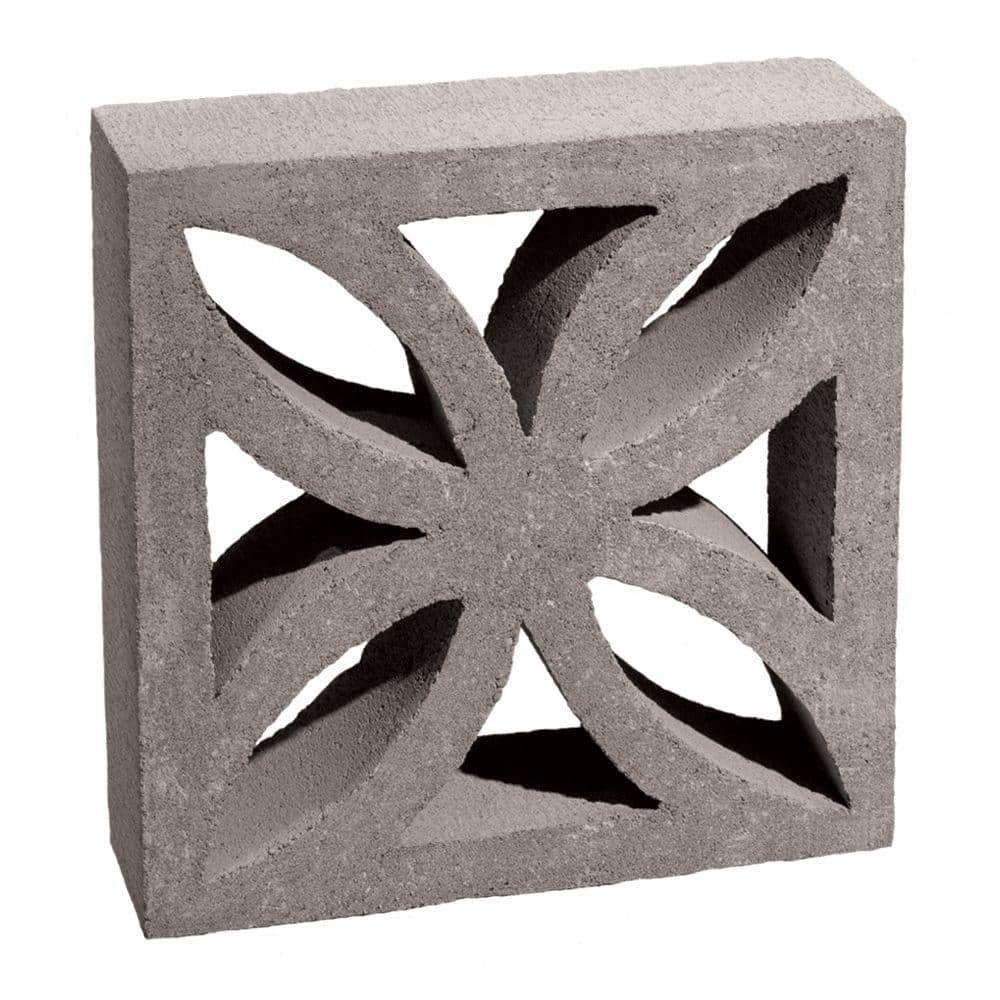If you’re looking to add a touch of creativity to your construction or landscaping project, decorative cinder blocks might be just the solution you need. With their versatility and aesthetic appeal, these blocks have become increasingly popular in both residential and commercial projects. From garden walls to modern homes, decorative cinder blocks can transform any space into a work of art.
What are Decorative Cinder Blocks?
Decorative cinder blocks are concrete blocks that are designed to be visually appealing. Unlike standard cinder blocks, which are primarily functional, decorative options incorporate unique textures, colors, and patterns. They provide structural support while enhancing the overall design of your project. In my personal experience, I discovered their beauty when renovating my backyard, and I was amazed at how much character they added!
Types of Decorative Cinder Blocks
Let’s delve into the various types of decorative cinder blocks. Each type has unique characteristics and applications, making them suitable for different projects.

1. Textured Cinder Blocks
Textured cinder blocks are designed with various surface patterns that provide a unique look. They can emulate the appearance of stone or brick, making them perfect for aesthetic applications.

Pros and Cons of Textured Cinder Blocks
- Pros:
- Aesthetic appeal
- Variety of styles and textures
- Durability and strength
- Cons:
- Higher cost compared to standard blocks
- May require specialized installation

2. Hollow Core Cinder Blocks
Hollow core cinder blocks are lightweight and versatile. They are often used in both structural and decorative applications, making them a popular choice for homeowners and builders alike.

Applications
These blocks can be used for:
- Garden walls
- Retaining walls
- Outdoor fireplaces

Pros and Cons of Hollow Core Cinder Blocks
- Pros:
- Lightweight
- Easy to handle and install
- Cost-effective
- Cons:
- Less sturdy than solid blocks
- May require additional reinforcement in some applications

3. Decorative Retaining Wall Blocks
These blocks are specially designed to create tiered landscaping features. They come in various shapes and sizes and often have a stone-like appearance.

Design Ideas
Using decorative retaining wall blocks can help create:
- Multi-level garden beds
- Seating areas
- Landscape features
Pros and Cons of Decorative Retaining Wall Blocks
- Pros:
- Enhances landscaping aesthetics
- Prevents soil erosion
- Ability to create unique designs and features
- Cons:
- Can be more expensive than traditional blocks
- Installation may be labor-intensive
4. Colored Cinder Blocks
Colored cinder blocks are made with different pigments that allow them to stand out visually. They can be used for various decorative applications, including fences, planters, and walls.
Where to Use Colored Cinder Blocks
These blocks work well in:
- Garden borders
- Playground or park features
- Art installations
Pros and Cons of Colored Cinder Blocks
- Pros:
- Wide range of colors
- Adds vibrancy to outdoor spaces
- Unique visual appeal
- Cons:
- Colors may fade over time
- Higher price due to special pigments
Choosing the Right Decorative Cinder Block for Your Project
With so many options available, selecting the appropriate decorative cinder block for your project can feel overwhelming. Here are a few tips based on my experience in home renovation:
1. Determine Your Budget
Before you start looking for decorative cinder blocks, establish a budget. Some types can be more expensive than others, so knowing how much you can spend will help narrow down your choices.
2. Consider Your Design Style
Think about the overall aesthetic of your project. Do you prefer a modern look or a rustic vibe? Your design style will influence the type of decorative cinder block you choose.
3. Evaluate the Functionality
Consider the specific use of the blocks. Will they be load-bearing, or are they purely decorative? Understanding the purpose will help you select the right type of block.
4. Think About Installation
Some decorative cinder blocks may require professional installation, while others can be easily DIYed. If you’re not a seasoned DIYer, it might be worth investing in professional help for intricate designs.
Comparison of Decorative Cinder Blocks
| Type | Pros | Cons | Best Used For |
|---|---|---|---|
| Textured Cinder Blocks | Aesthetic appeal, variety of styles | Higher cost, specialized installation | Decorative walls, features |
| Hollow Core Blocks | Lightweight, cost-effective | Less sturdy | Garden walls, outdoor installations |
| Retaining Wall Blocks | Prevents erosion, unique designs | Labor-intensive installation | Tiered landscaping |
| Colored Cinder Blocks | Vibrant colors, unique appeal | Color fading, higher price | Garden borders, art installations |
Creative Design Ideas Using Decorative Cinder Blocks
Now that you have a better understanding of the types of decorative cinder blocks, let’s explore some creative design ideas you can implement in your space!
1. Planter Boxes
Using colored or textured cinder blocks, you can create stunning planter boxes that add greenery to your garden. Not only do they look stylish, but they also provide excellent drainage for plants!
2. Fire Pits
A decorative cinder block fire pit can become the focal point of your backyard. Choose blocks that match your outdoor decor to create a cozy gathering spot for friends and family.
3. Garden Walls
Elevate your garden with a decorative cinder block wall. You can mix and match different textures and colors to create a visually striking feature that also serves a functional purpose.
4. Outdoor Seating
Create unique outdoor seating by stacking decorative cinder blocks and adding cushions on top. This not only adds a stylish touch but also provides a comfortable area for relaxation.
FAQs About Decorative Cinder Blocks
What are the benefits of using decorative cinder blocks?
Decorative cinder blocks offer aesthetic appeal, durability, and versatility, making them suitable for various applications such as garden walls, retaining walls, and outdoor features.
Can I install decorative cinder blocks myself?
Yes, many decorative cinder blocks can be installed by DIY enthusiasts. However, for more intricate designs or heavy-duty applications, it’s advisable to seek professional help.
Are colored cinder blocks more expensive than regular ones?
Generally, colored cinder blocks may cost more than standard ones due to the special pigments used. However, they can add significant value and visual interest to your project.
How do I maintain decorative cinder blocks?
Maintenance typically involves cleaning and sealing the blocks to prevent staining or fading. Regular upkeep will ensure they remain visually appealing over time.
Final Thoughts
Decorative cinder blocks are a fantastic choice for enhancing your space whether you’re building a cozy backyard retreat or creating unique garden features. Their versatility, durability, and aesthetic charm make them a valuable addition to any project. From my experience, incorporating decorative cinder blocks transformed my outdoor space into a stunning area I love to showcase to friends and family.
As you embark on your journey to choose the right decorative cinder blocks, remember to consider your budget, design style, and functionality. With a little creativity, you can use these blocks to bring your vision to life!